Home>Furniture>Outdoor Furniture>What To Do With A Concrete Patio
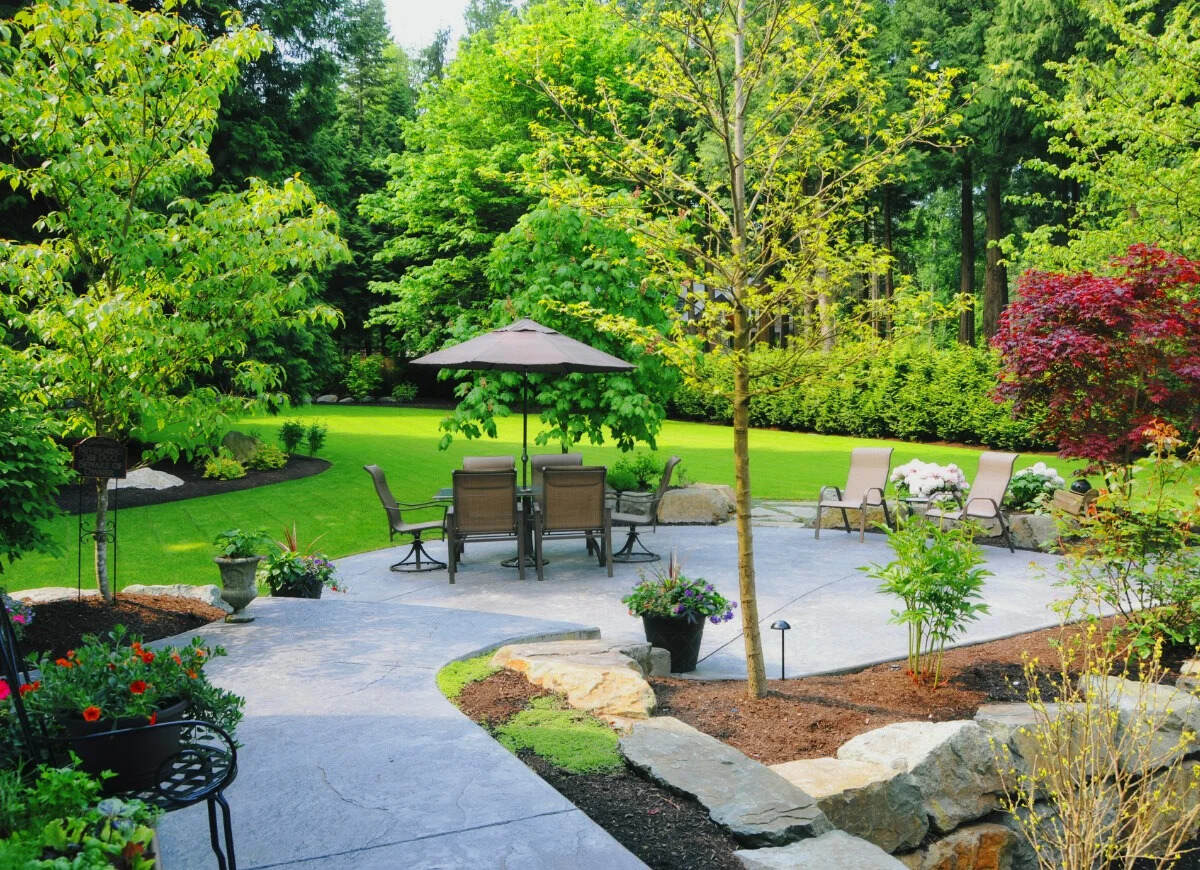

Outdoor Furniture
What To Do With A Concrete Patio
Modified: March 7, 2024
Transform your concrete patio into an outdoor oasis with stylish and comfortable outdoor furniture. Discover the best options for turning your space into an inviting retreat.
(Many of the links in this article redirect to a specific reviewed product. Your purchase of these products through affiliate links helps to generate commission for Storables.com, at no extra cost. Learn more)
Introduction
Having a concrete patio in your outdoor space can provide a versatile and durable surface for various activities and gatherings. However, if your concrete patio is old, worn-out, or just not visually appealing, you may be wondering what you can do to transform it into a more inviting and stylish area. The good news is that there are several options available to revitalize your concrete patio and create a beautiful outdoor space that you and your guests will love.
In this article, we will explore different ways to enhance your concrete patio, from cleaning and repairing the surface to adding decorative elements and furniture. Whether you prefer a DIY approach or hiring professionals for the job, there are options that cater to different budgets, styles, and preferences.
So, let’s dive in and discover what you can do with a concrete patio to turn it into a stunning outdoor area that reflects your personal taste and meets your functional needs.
Key Takeaways:
- Revitalize your concrete patio by cleaning, repairing, and refinishing the surface. Consider staining or painting for a fresh look, or add a decorative overlay for a unique design. Don’t forget to add outdoor furniture and accessories for a comfortable and inviting space.
- Transform your concrete patio into a stunning outdoor area that reflects your personal style and meets your functional needs. From staining and painting to adding a garden or outdoor oasis, the possibilities are endless. Embrace the journey and have fun in the process!
Read more: What Kind Of Concrete For Patio
Assessing the Concrete Patio
Before you start transforming your concrete patio, it’s crucial to assess its current condition and identify any issues that need to be addressed. This will help you determine the best course of action and ensure a successful outcome.
Begin by inspecting the concrete for any cracks, chips, or uneven areas. Small cracks can often be repaired with a concrete patching compound, while larger cracks may require professional assistance. Assess the overall stability of the concrete and check for any signs of sinking or shifting.
Additionally, consider the drainage of your patio. Is water pooling or collecting in certain areas? Poor drainage can lead to long-term damage, so it’s important to address this issue before proceeding with any other improvements.
Next, evaluate the surface texture and appearance of the concrete. Is it smooth, rough, stained, or discolored? Understanding the current state of your patio will help you determine the best approach for achieving the desired aesthetic.
Finally, consider the size and layout of your patio. Is it spacious enough for your needs? Would you like to expand it or modify its shape? Take these factors into account when planning your patio transformation.
By taking the time to assess your concrete patio thoroughly, you will have a clear understanding of its strengths and weaknesses, allowing you to make informed decisions moving forward.
Cleaning and Repairing the Concrete
Once you have assessed the condition of your concrete patio, the next step is to clean and repair the surface. Over time, concrete can accumulate dirt, stains, mold, and mildew, which can detract from its appearance and make it look dull and worn out.
Start by giving your patio a thorough cleaning. Sweep away any loose debris and use a pressure washer to remove dirt and grime. If you don’t have access to a pressure washer, you can use a stiff-bristle brush and a mixture of water and mild soap to scrub the surface. Rinse thoroughly with water to remove any remaining soap residue.
If your concrete has stubborn stains or discoloration, you may need to use specialized cleaners or stain removers. Follow the manufacturer’s instructions and test the product on a small, inconspicuous area of the patio first to ensure it doesn’t cause any damage.
After cleaning, take a close look at the condition of the concrete. If you spot any cracks, chips, or spalling (flaking or peeling), it’s essential to repair these issues before proceeding with further improvements. Small cracks can be filled with a concrete patching compound, while larger cracks may require professional help. For deeper areas of spalling, you may need to remove the damaged concrete and apply a new layer.
Once the repairs are complete, consider applying a concrete sealer to protect the surface from future damage. A sealer will help prevent stains, moisture penetration, and freeze-thaw damage, prolonging the lifespan of your patio.
Cleaning and repairing the concrete is a crucial step in revitalizing your patio, as it sets the foundation for any additional enhancements you plan to make. A clean and well-maintained surface will not only improve the overall appearance but also ensure the longevity of your patio.
Staining or Painting the Patio
One of the most effective ways to transform the look of your concrete patio is by staining or painting it. This allows you to customize the color and create a more visually appealing and cohesive outdoor space.
If you prefer a natural, earthy look, consider staining your concrete patio. Concrete stains come in a variety of colors and finishes, allowing you to achieve a subtle, translucent effect that enhances the texture and character of the concrete. Stains penetrate the concrete surface, providing a long-lasting and fade-resistant solution. Before applying the stain, make sure the concrete is clean and free of any oil or grease stains. Follow the manufacturer’s instructions for proper application and sealing.
On the other hand, if you want to completely change the color of your patio or have more design flexibility, painting the concrete is a great option. Concrete paint is available in a wide range of colors and finishes, including solid colors, faux stone finishes, and even decorative patterns. Before painting, ensure that the concrete is clean, dry, and free of any loose or flaking areas. Apply a primer specifically designed for concrete surfaces, followed by the paint of your choice. Finish with a concrete sealer to protect the paint from wear and tear.
Both staining and painting can significantly enhance the aesthetic appeal of your concrete patio, giving it a fresh and vibrant look. Consider your desired style and the overall atmosphere you want to create in your outdoor space when choosing between staining or painting.
Addition of 150 words
When deciding whether to stain or paint your concrete patio, consider the maintenance involved. Stained concrete tends to require less maintenance compared to painted concrete. With staining, the color becomes a part of the concrete itself, so it typically lasts longer and doesn’t chip or peel like paint can. However, staining may require occasional resealing to maintain its appearance.
Painted concrete, on the other hand, may require touch-ups or repainting every few years, especially in high-traffic areas. Additionally, painted surfaces can be more prone to chipping or peeling, especially if the concrete is not properly prepared or the paint is not suited for outdoor applications.
Ultimately, the decision between staining and painting will depend on your personal preferences, the desired look, and your willingness to perform regular maintenance. Whichever option you choose, be sure to follow the proper techniques and use high-quality products to achieve the best results.
Adding a Decorative Overlay
If you want to completely transform the look of your concrete patio and give it a unique and custom appearance, adding a decorative overlay is an excellent option. A decorative overlay is a thin layer of concrete that can be applied directly over the existing patio, providing endless possibilities for creative designs and finishes.
The first step in adding a decorative overlay is to prepare the existing concrete surface. Clean the patio thoroughly and repair any cracks or damage. It’s essential to have a sound and even surface for the overlay to adhere properly.
Once the surface is ready, you can choose from a variety of decorative overlay options, such as stamped concrete, textured patterns, or even engraving. Stamped concrete mimics the look of natural materials like stone, brick, or wood, offering a rustic and elegant aesthetic. Textured patterns can create a unique and contemporary look, adding depth and visual interest to the patio. Engraving allows for intricate designs and patterns to be carved into the overlay, giving your patio a one-of-a-kind look.
Applying a decorative overlay requires the expertise of a professional contractor, as it involves precise techniques and specialized equipment. The overlay is usually mixed and applied in layers, allowing for the incorporation of color, texture, and patterns. The final product is a durable, high-quality surface that can withstand outdoor conditions and foot traffic.
Not only does a decorative overlay enhance the appearance of your concrete patio, but it also adds value to your outdoor space. It transforms a plain and simple surface into a focal point that complements your landscaping and architecture. Whether you prefer a classic, modern, or eclectic style, a decorative overlay provides endless design possibilities to make your patio truly unique.
Adding a decorative overlay is a significant investment, but it can completely revitalize your concrete patio and create a stunning outdoor area that you’ll be proud to show off to friends and family.
Read more: How Much Does It Cost To Do A Concrete Patio
Installing Pavers or Tiles over the Concrete
If you want to give your concrete patio a completely new look without the need to demolish or remove the existing surface, installing pavers or tiles over the concrete is an excellent option. This approach allows you to create a beautiful and durable patio that resembles a traditional paved or tiled surface.
The first step in installing pavers or tiles over the concrete is to thoroughly clean and prepare the existing surface. Remove any debris, dirt, or loose particles from the concrete, ensuring a clean and level base for the new installation.
Next, determine the layout and pattern you want for your patio. Pavers and tiles come in an array of shapes, sizes, colors, and patterns, allowing for endless design possibilities. You can choose classic rectangular pavers, interlocking patterns, or even create a mosaic effect with tiles.
Before installing the pavers or tiles, it is recommended to lay a layer of sand or gravel over the concrete. This will help create a level and stable surface for the new materials. Arrange the pavers or tiles according to your desired pattern, leaving a small gap between each piece for proper drainage and expansion.
Once the pavers or tiles are in place, you can secure them by applying polymeric sand in the gaps. This special sand hardens when wet, providing stability and preventing weed growth. After applying the sand, use a broom or brush to remove any excess and ensure it is evenly distributed.
Installing pavers or tiles over the concrete not only improves the aesthetics of your patio but also enhances its durability and longevity. The new surface will be resistant to cracking, staining, and fading, ensuring a beautiful outdoor space for years to come.
This project can be a DIY endeavor for those with some experience in home improvement projects. However, if you have little to no experience, it’s recommended to hire a professional contractor who specializes in this type of installation. They will have the expertise and tools needed to ensure a seamless and professional finish.
By installing pavers or tiles over the existing concrete, you can easily transform your patio, creating a stylish and inviting space that will impress guests and provide a comfortable outdoor area for relaxation and entertainment.
Consider adding outdoor rugs or mats to cover the concrete and add some color and texture to the space. This can also help to define different areas for seating or dining.
Building a Deck or Raised Platform
If you’re looking to elevate your outdoor space and create a more functional and versatile area, building a deck or raised platform over your concrete patio is an excellent option. A deck not only adds visual appeal but also provides a comfortable space for outdoor lounging, dining, and entertaining.
The first step in building a deck or raised platform is to determine the size and design that best suits your needs and complements your home’s architecture. Consider factors such as the available space, the desired height of the deck, and any specific features or additions you would like to incorporate, such as stairs, railings, or built-in seating.
Next, you’ll need to prepare the existing concrete patio for the deck construction. Clean the surface thoroughly and assess its condition. If the concrete is in good shape and level, you may be able to build the deck directly on top of it. However, if the concrete is uneven or deteriorating, consider removing it and creating a new foundation for the deck.
Once the preparation work is complete, you can start building the deck structure. This typically involves installing posts or piers for support, attaching beams and joists, and adding the decking material. You can choose from various decking materials, including wood, composite, and PVC, each with its own advantages in terms of aesthetics, durability, and maintenance.
When building a deck, it’s essential to adhere to local building codes and regulations to ensure the structure is safe and compliant. If you’re not confident in your construction skills, it’s wise to hire a professional contractor with experience in deck installation to ensure a sturdy and well-built deck.
Building a deck or raised platform over your concrete patio not only improves the appearance of your outdoor space, but it also provides a functional and elevated area for relaxation and entertainment. You can furnish the deck with outdoor seating, dining furniture, and other accessories to create a comfortable and inviting atmosphere.
Moreover, a well-designed deck can seamlessly extend your living space and create a smooth transition between your indoor and outdoor areas. It can become a central gathering spot for family and friends, allowing you to enjoy the beauty of nature while still enjoying the comfort and convenience of your home.
Creating a Garden or Outdoor Oasis
If you’re looking to infuse your concrete patio with natural beauty and create a peaceful and serene outdoor retreat, transforming it into a garden or outdoor oasis is the perfect choice. By incorporating plants, flowers, and other elements of nature, you can turn your patio into a lush and inviting space that promotes relaxation and rejuvenation.
The first step in creating a garden or outdoor oasis is to consider the layout and design of your patio. Evaluate the available space and determine how you want to divide it into different areas, such as seating areas, pathways, and plant beds. Consider the sunlight exposure, drainage, and any existing features that can be incorporated into your garden design.
Next, select the plants that suit your preferences and the growing conditions of your patio. Choose a variety of plants that provide different heights, textures, and colors to create visual interest. Opt for low-maintenance plants that can thrive in outdoor conditions, such as succulents, native plants, or drought-tolerant varieties.
Consider adding vertical elements to your garden to maximize the use of space and create a sense of depth. Use trellises, arbors, or hanging planters to introduce climbing vines, trailing flowers, or hanging plants. This not only adds visual interest but also provides shade and privacy.
In addition to plants, incorporate other elements that enhance the ambiance of your outdoor oasis. Install a water feature, such as a fountain or birdbath, to provide a soothing and tranquil atmosphere. Add outdoor lighting to create a warm and inviting glow during the evenings and to extend the usability of your patio into the night.
To make your garden or outdoor oasis more comfortable and functional, consider adding seating options, such as benches, lounge chairs, or hammocks. You can also include a dining area with an outdoor table and chairs, providing the perfect setting for alfresco meals and gatherings.
Creating a garden or outdoor oasis on your concrete patio allows you to connect with nature, unwind, and recharge. It brings the beauty and tranquility of the outdoors right to your doorstep, providing a space for relaxation, reflection, and enjoyment throughout the seasons.
Remember to regularly maintain your garden by watering, pruning, and fertilizing as needed. With proper care and attention, your garden or outdoor oasis will continue to flourish and bring joy to your outdoor living space for years to come.
Installing a Patio Cover or Awning
If you want to enhance your concrete patio and make it more versatile and usable in various weather conditions, installing a patio cover or awning is a great solution. A patio cover or awning provides shade and protection from the elements, allowing you to enjoy your outdoor space comfortably throughout the year.
The first step in installing a patio cover or awning is to determine the type that best suits your needs and complements your patio design. There are various options available, including fixed patio covers, retractable awnings, pergolas, and shade sails. Each option offers different features in terms of durability, flexibility, and aesthetic appeal.
Consider factors such as the size of your patio, the amount of shade desired, and your budget when selecting a patio cover or awning. Fixed patio covers provide permanent shade and protection from the sun and rain, while retractable awnings offer the flexibility to extend or retract as needed. Pergolas provide a more open and airy feel, allowing you to grow climbing plants for added beauty and shade. Shade sails are a modern and stylish option that can be easily installed and adjusted.
Once you have chosen the type of patio cover or awning, it’s important to engage the services of a professional contractor for installation. They will ensure the proper anchoring and support of the structure, ensuring it can withstand wind, rain, and other outdoor elements. It’s also crucial to adhere to local building codes and regulations during installation.
Installing a patio cover or awning not only provides shade and protection but also adds aesthetic value to your outdoor space. Choose materials and colors that complement your patio and blend well with the overall design of your home. The patio cover or awning can be integrated seamlessly into your outdoor decor, creating a cohesive and appealing look.
With a patio cover or awning in place, you can comfortably enjoy your outdoor space regardless of the weather. Whether you want to relax in the shade, host outdoor gatherings, or simply have a cozy spot to read a book, having a covered patio provides the perfect solution.
Regular maintenance and occasional cleaning are necessary to ensure your patio cover or awning remains in good condition. Follow the manufacturer’s instructions for proper care and cleaning to extend its lifespan and keep it looking great year after year.
Installing a patio cover or awning on your concrete patio not only enhances its functionality but also adds value to your home. It creates an inviting and comfortable outdoor space that can be enjoyed by you, your family, and your guests for years to come.
Read more: How Much Concrete Do I Need For A Patio
Adding Outdoor Furniture and Accessories
No outdoor space is complete without the addition of comfortable and stylish outdoor furniture and accessories. By incorporating these elements into your concrete patio, you can create a welcoming and functional area for relaxation, socializing, and enjoying the beauty of nature.
The first step in adding outdoor furniture and accessories is to consider the layout and design of your patio. Take measurements to determine the available space and plan how you want to arrange the furniture. Consider the size, shape, and number of seating areas you desire, as well as any other functional elements you wish to include, such as a dining area, loungers, or a fire pit.
Choose furniture that is specifically designed for outdoor use and can withstand the elements. Look for materials that are durable, weather-resistant, and easy to maintain, such as teak, aluminum, or synthetic wicker. Consider the comfort of the seating options, opting for cushions or upholstery that is resistant to fading and mildew.
When selecting outdoor accessories, think about the atmosphere you want to create. Incorporate elements that reflect your personal style and enhance the overall aesthetic of your patio. This could include features such as outdoor rugs, decorative pillows, outdoor lighting, planters, and outdoor artwork.
Incorporate functional and practical items into your patio as well, such as storage containers or bins to keep cushions, blankets, or other accessories protected when not in use. Consider adding a shade umbrella or canopy to provide relief from the sun during hot summer days.
Don’t forget about the importance of proper lighting in your outdoor space. Install outdoor lighting fixtures such as string lights, lanterns, or solar-powered path lights to create a cozy and inviting ambiance during the evening hours.
Lastly, consider adding finishing touches such as outdoor curtains, wind chimes, or even a small water feature to add a soothing touch to your patio retreat. These elements can enhance the overall experience and create a sense of tranquility.
Remember to choose furniture and accessories that complement the overall style and aesthetic of your outdoor space. Whether you prefer a modern and minimalist design, a rustic and natural look, or a vibrant and tropical feel, there are options available to suit every taste and preference.
By adding outdoor furniture and accessories to your concrete patio, you can transform it into a comfortable and inviting space that encourages outdoor living and relaxation. Create a serene oasis that reflects your personal style and provides a place to connect with nature and enjoy the great outdoors.
ConclusionYour concrete patio has tremendous potential to be transformed into a beautiful and functional outdoor living space that reflects your style and enhances your quality of life. By assessing the condition of the concrete, cleaning, repairing, and refinishing it, you can create a fresh canvas to work with.
From there, the options are virtually limitless. You can stain or paint the concrete to add color and character, or apply a decorative overlay to create a unique and personalized design. Installing pavers or tiles over the concrete can provide a classic and elegant look, while building a deck or raised platform offers a versatile and elevated space for relaxation and entertainment.
If you want to immerse yourself in nature, you can create a garden or outdoor oasis by incorporating plants, water features, and comfortable seating areas. Alternatively, installing a patio cover or awning can offer shade and protection from the elements, making your patio usable year-round.
Finally, to make the space comfortable and inviting, adding outdoor furniture and accessories is essential. Select durable and weather-resistant furniture that suits your style and accommodates your needs, and don’t forget to incorporate accessories and lighting that create a welcoming ambiance.
Throughout the process, it’s important to strike a balance between functionality and aesthetics, creating a space that not only looks beautiful but also meets your practical requirements. Whether you prefer a cozy and intimate setting or an expansive and open concept, customizing your concrete patio allows you to create an outdoor space that truly reflects your personality and enhances your lifestyle.
Remember, the transformation of your concrete patio is a journey, and it’s important to approach it with a sense of creativity, patience, and attention to detail. Don’t be afraid to think outside the box, seek professional assistance when needed, and most importantly, have fun in the process.
So go ahead and unlock the full potential of your concrete patio. Embrace the opportunities and possibilities that lie before you, and create an outdoor oasis that you, your family, and your friends will enjoy for years to come.
Frequently Asked Questions about What To Do With A Concrete Patio
Was this page helpful?
At Storables.com, we guarantee accurate and reliable information. Our content, validated by Expert Board Contributors, is crafted following stringent Editorial Policies. We're committed to providing you with well-researched, expert-backed insights for all your informational needs.
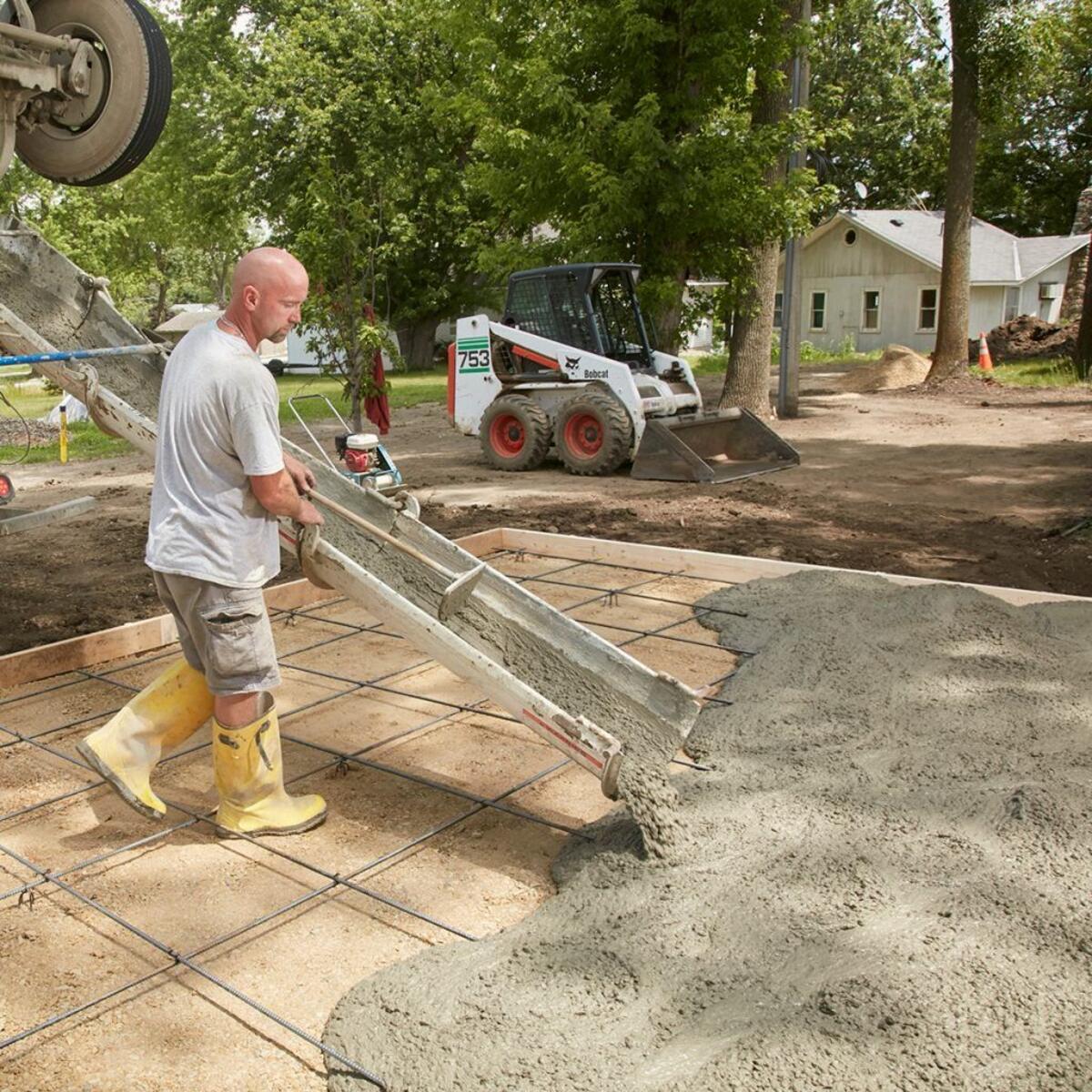
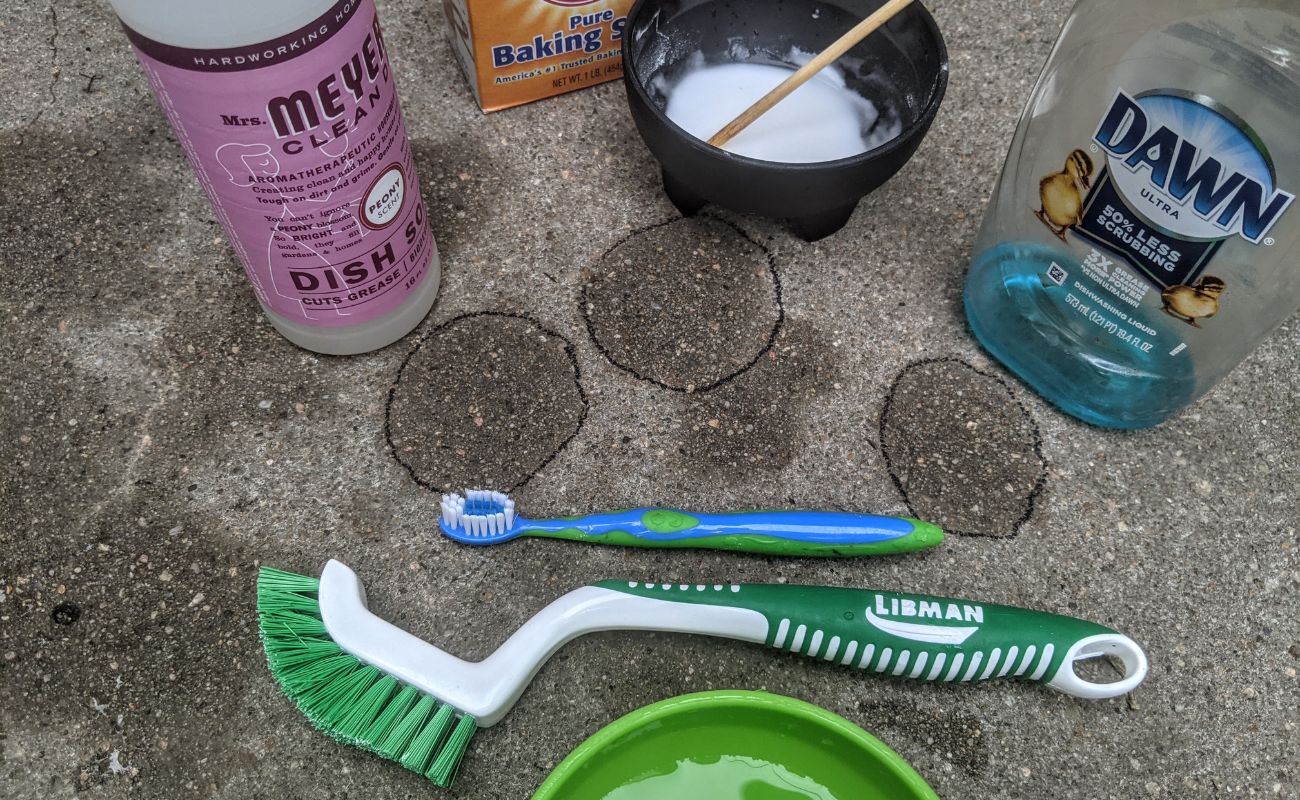
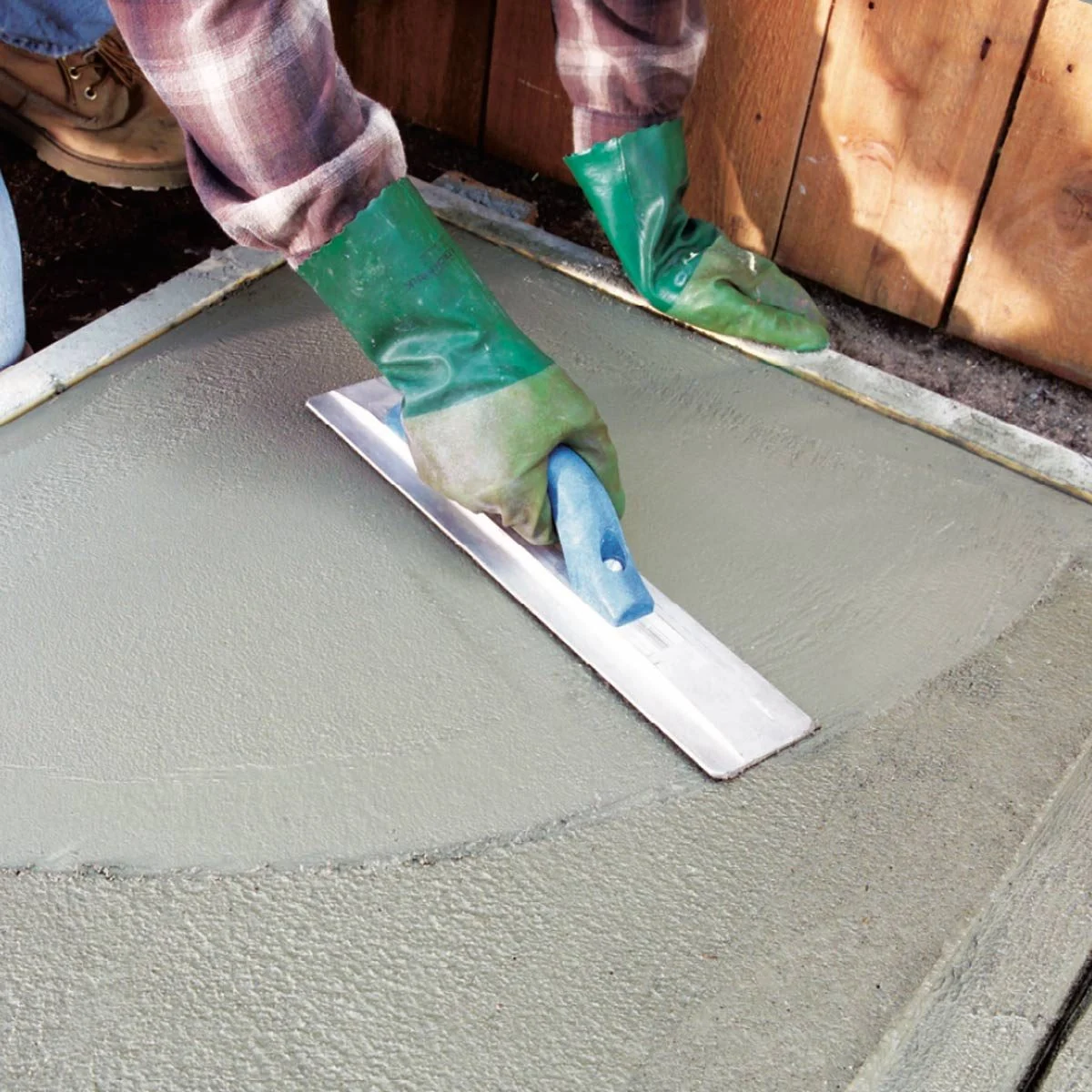
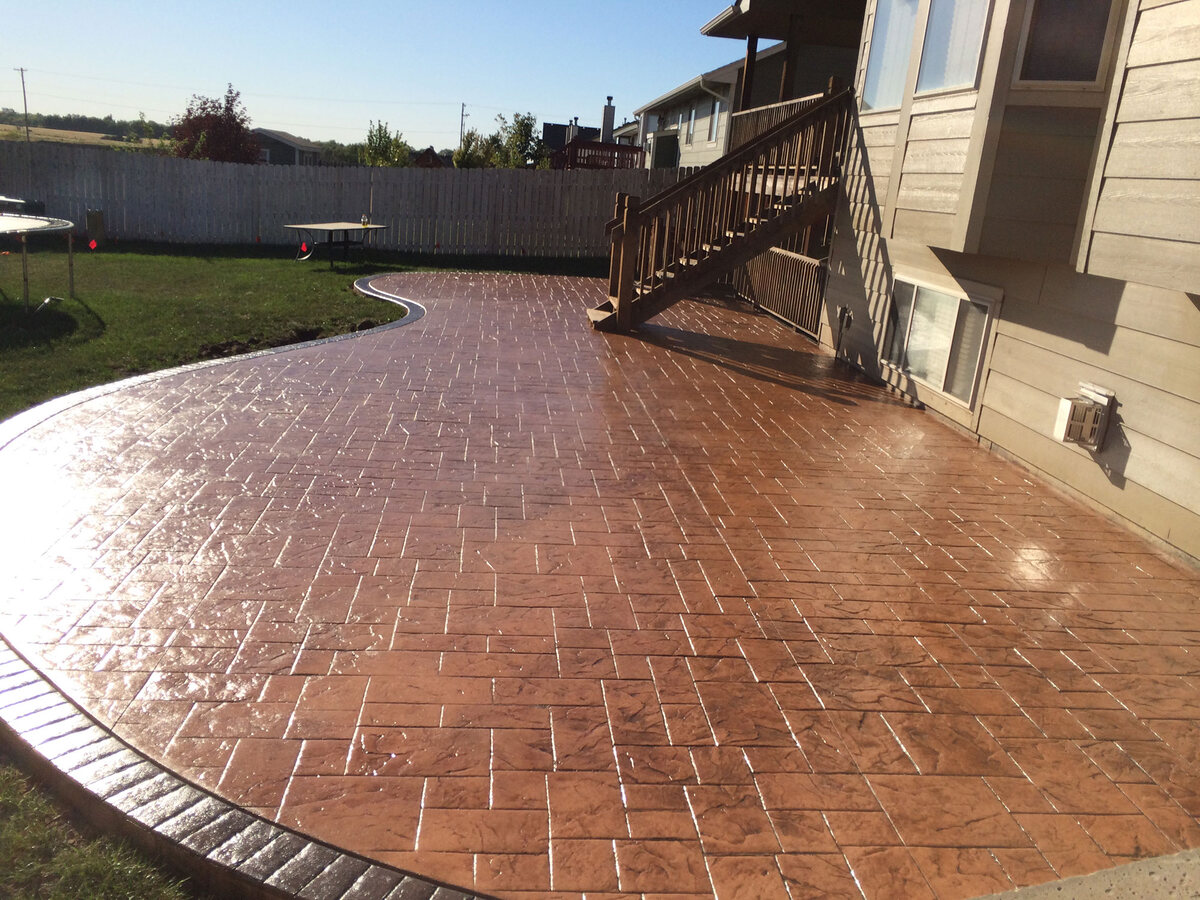
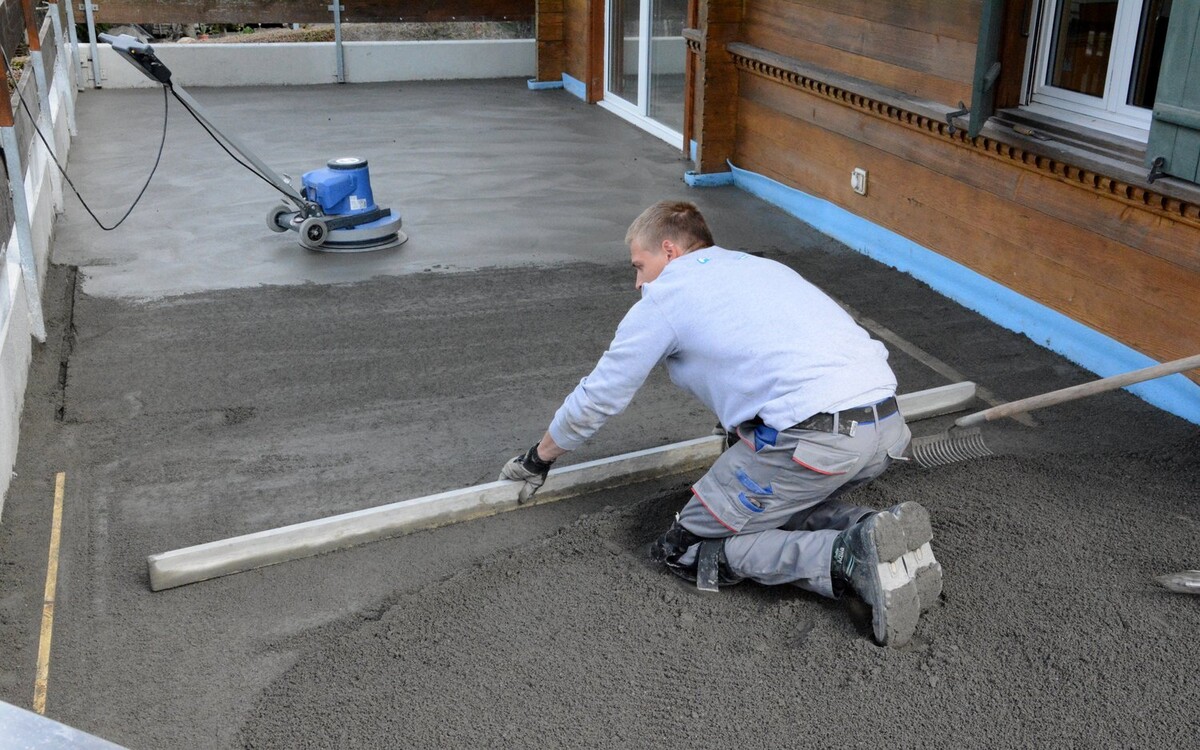
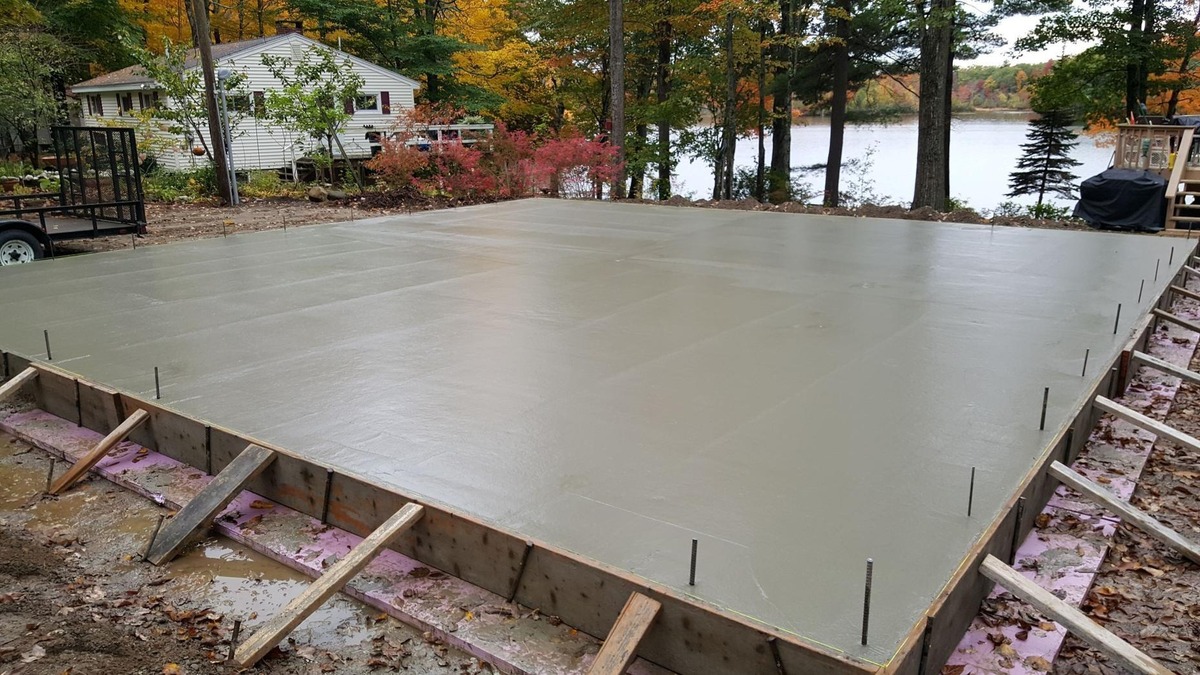
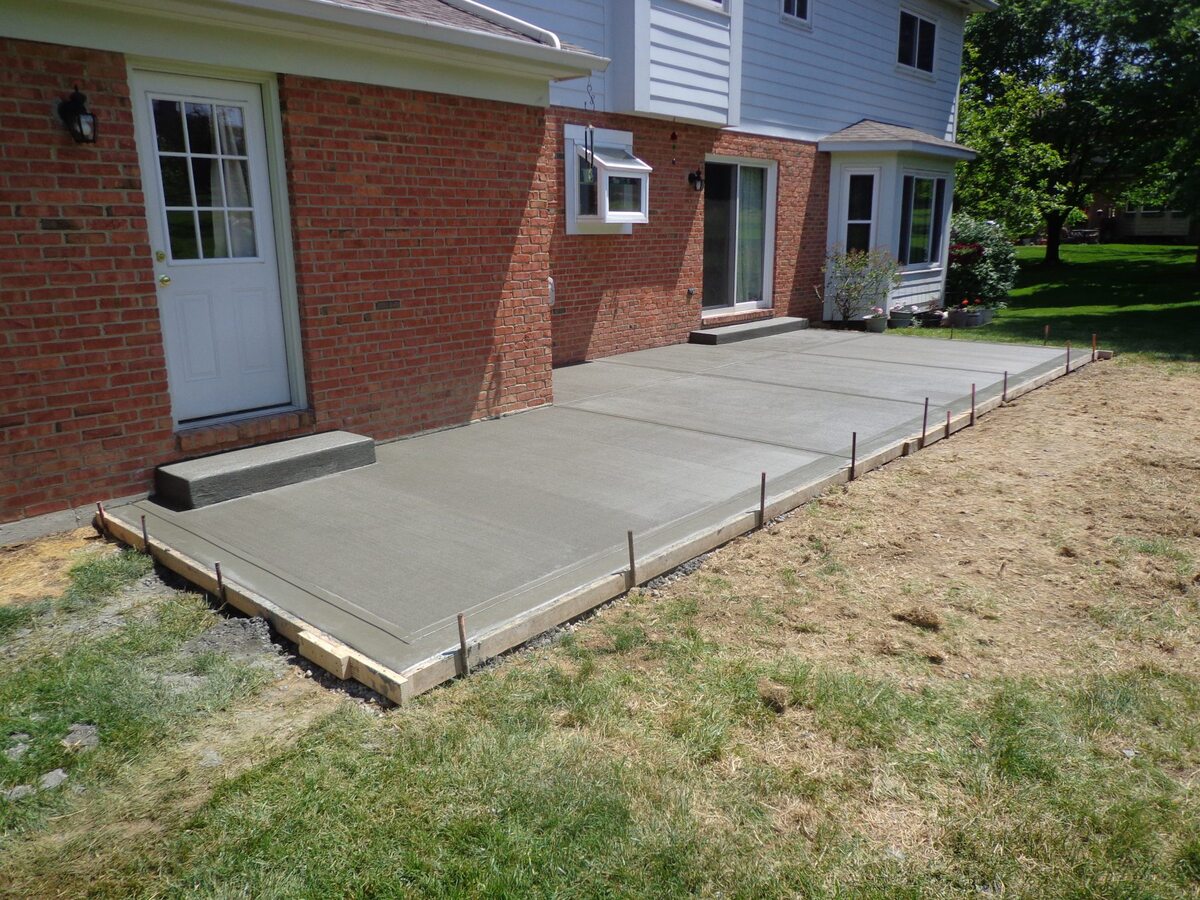
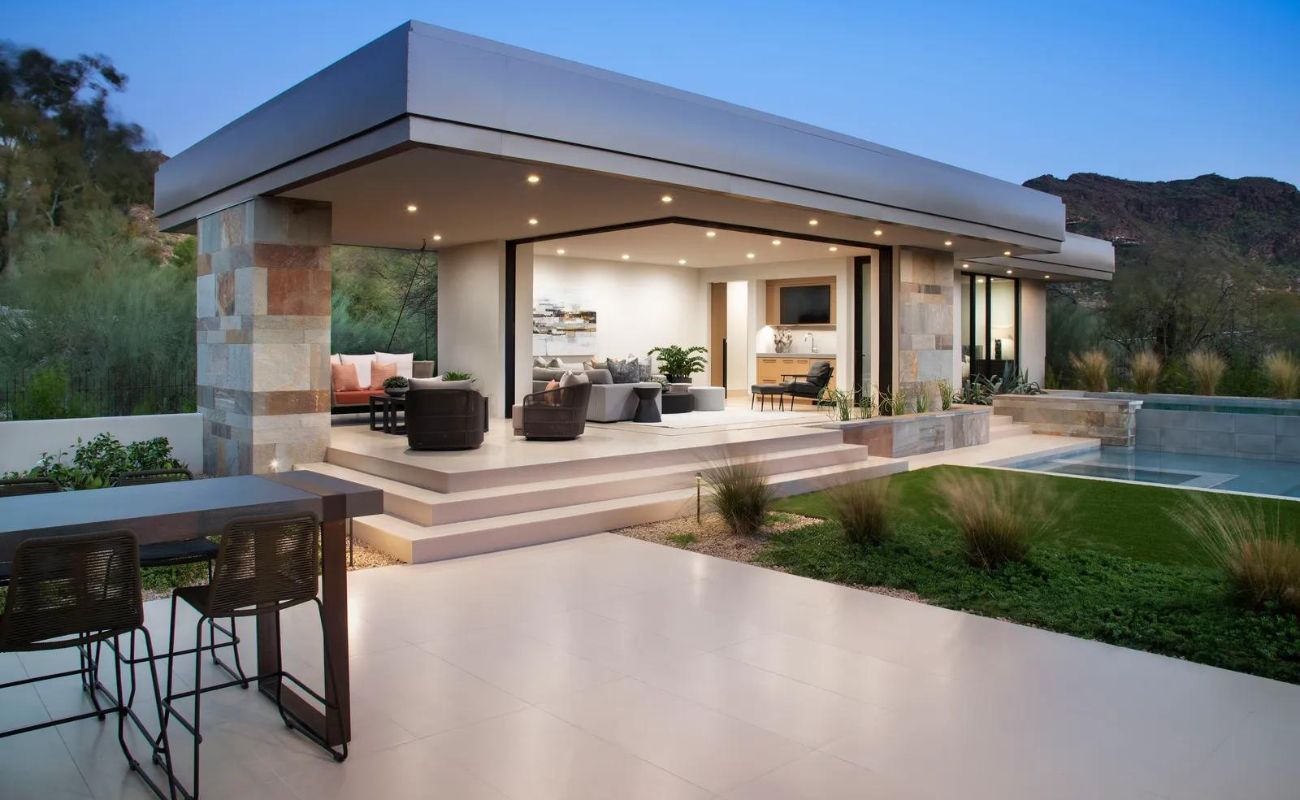
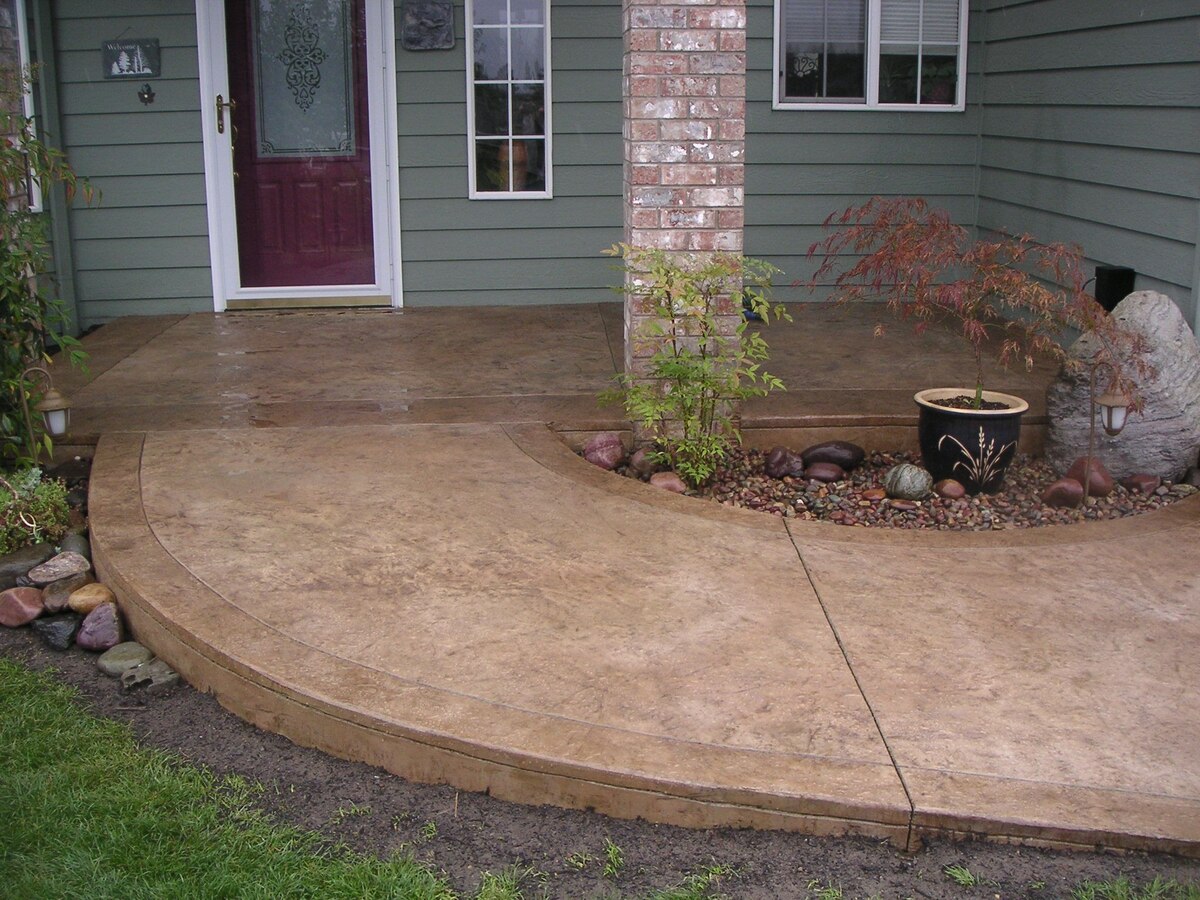
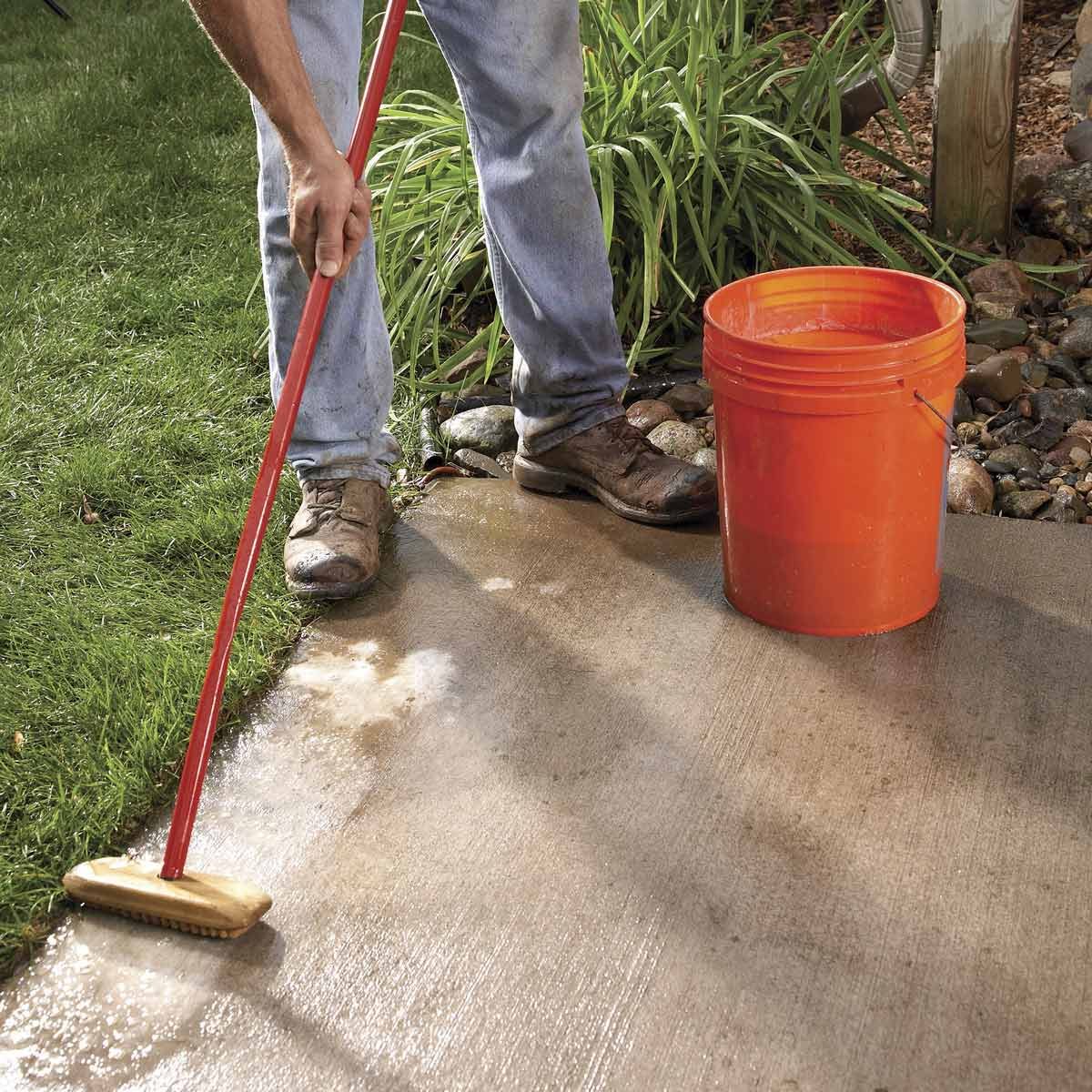
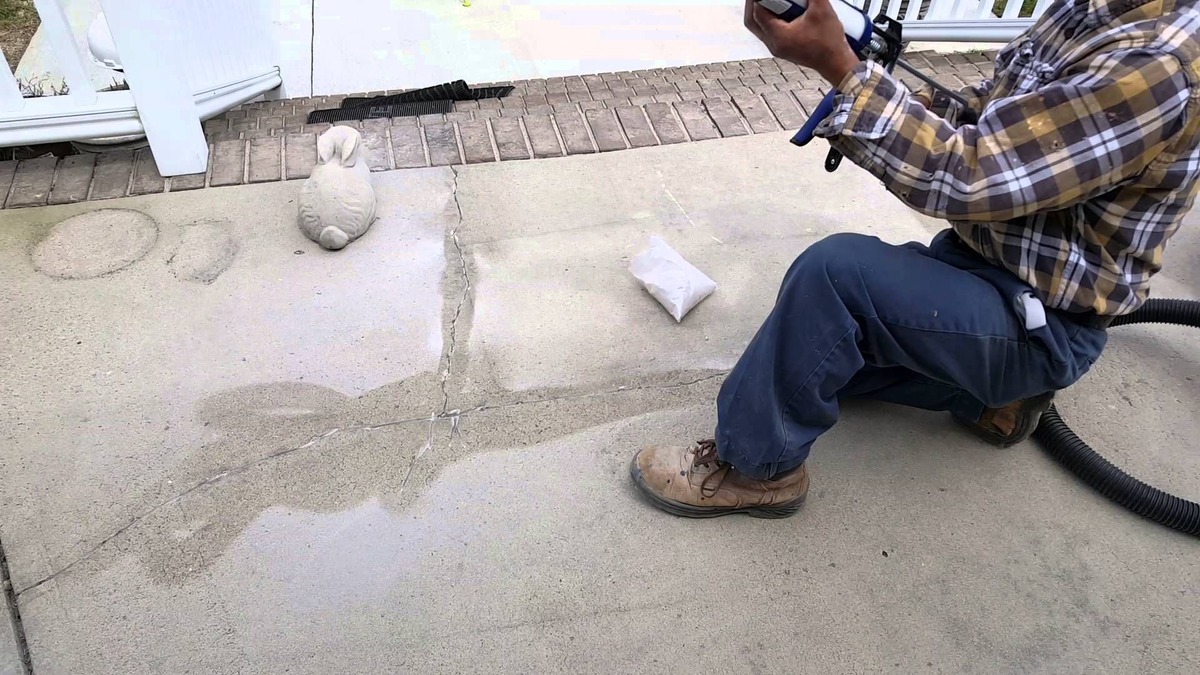
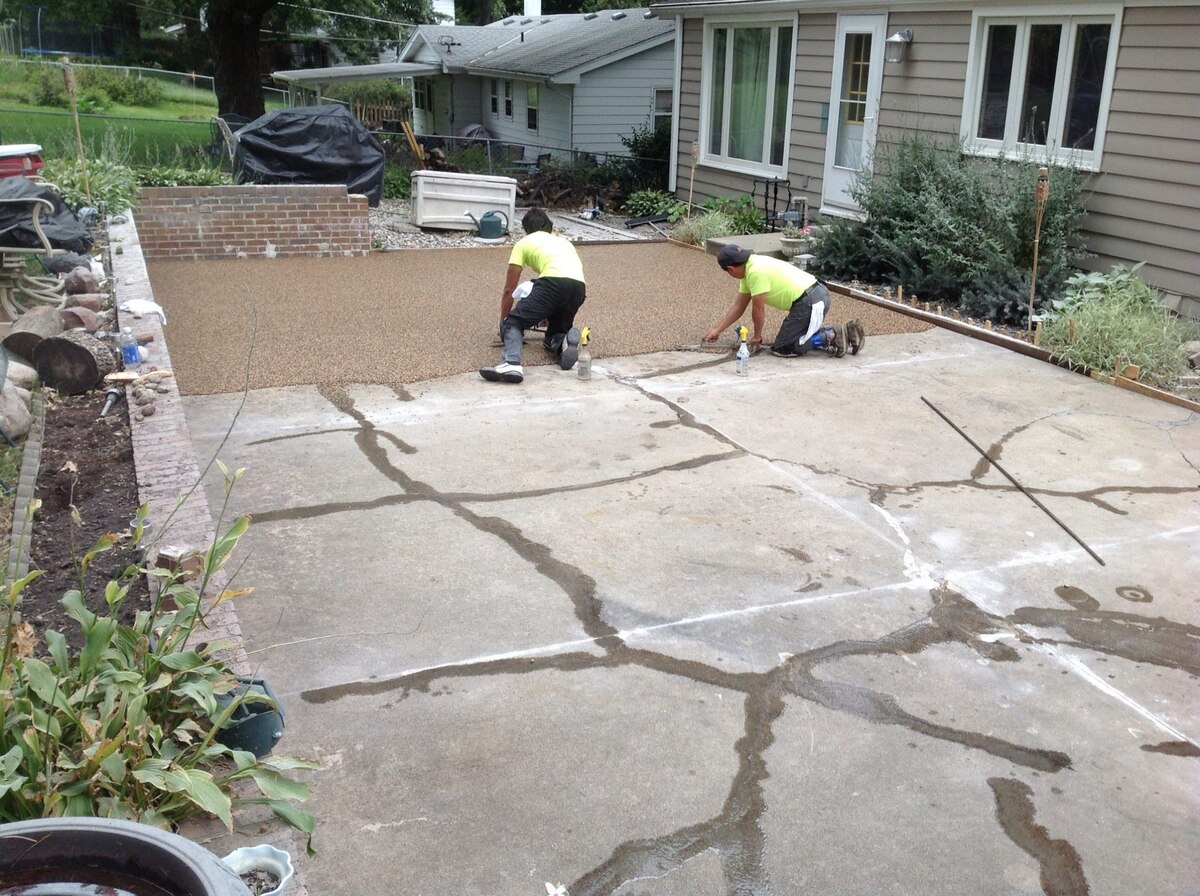
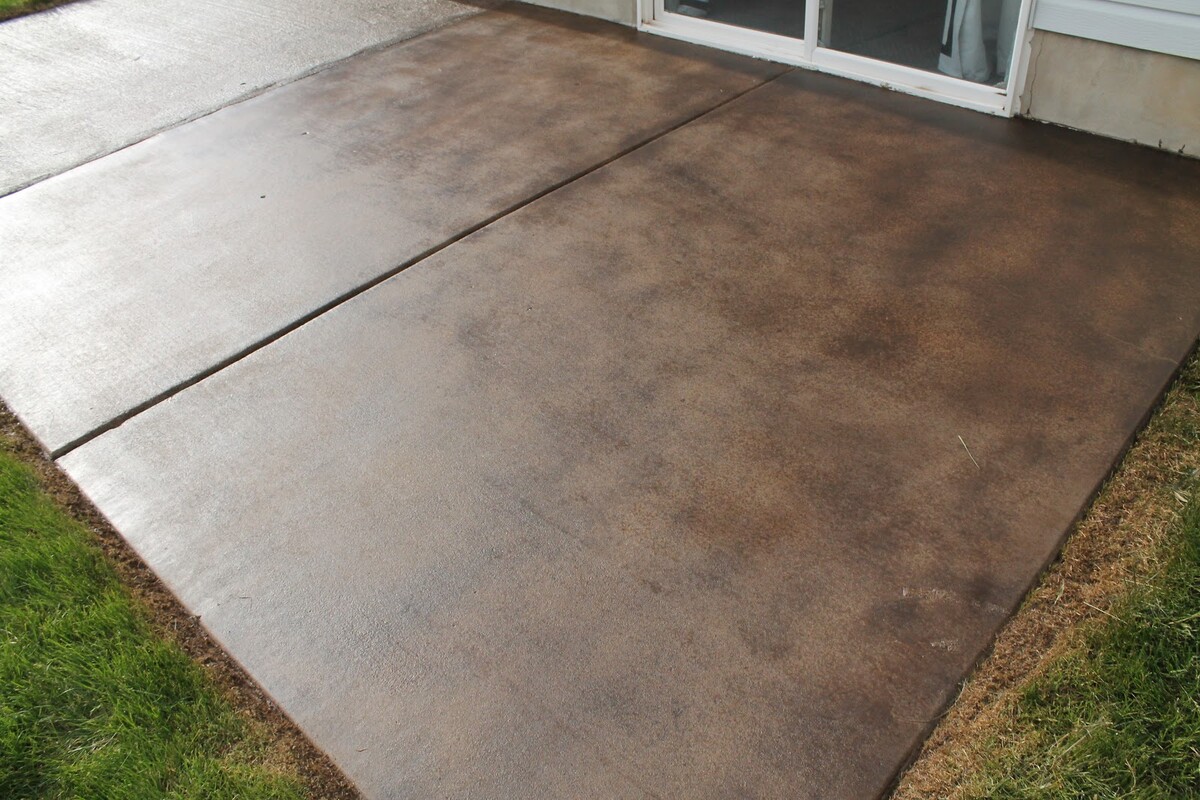

0 thoughts on “What To Do With A Concrete Patio”